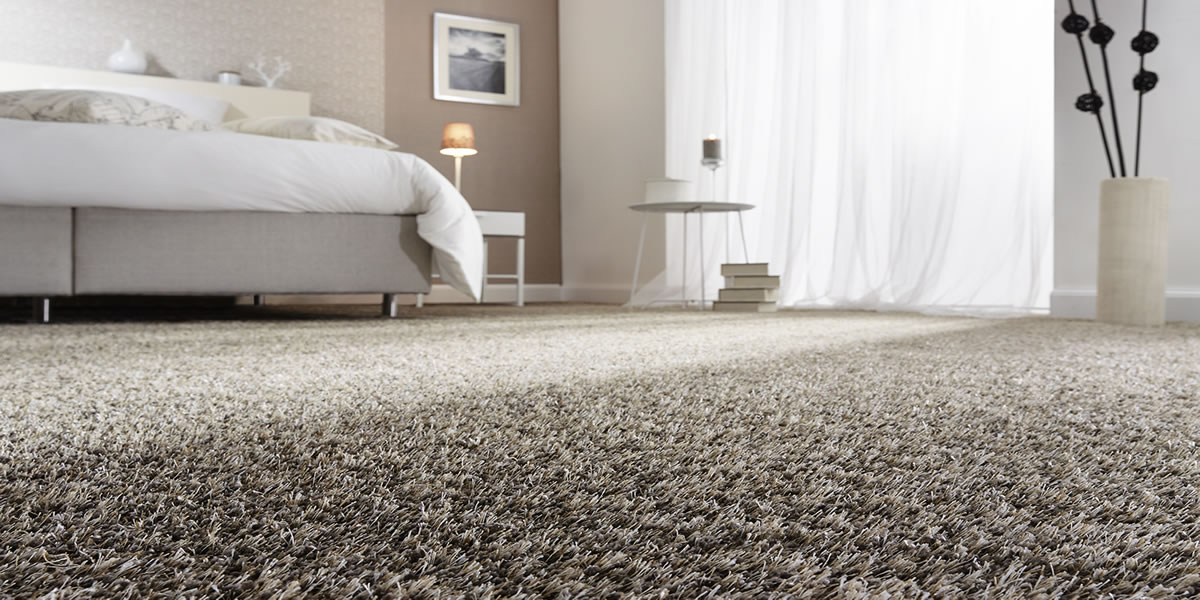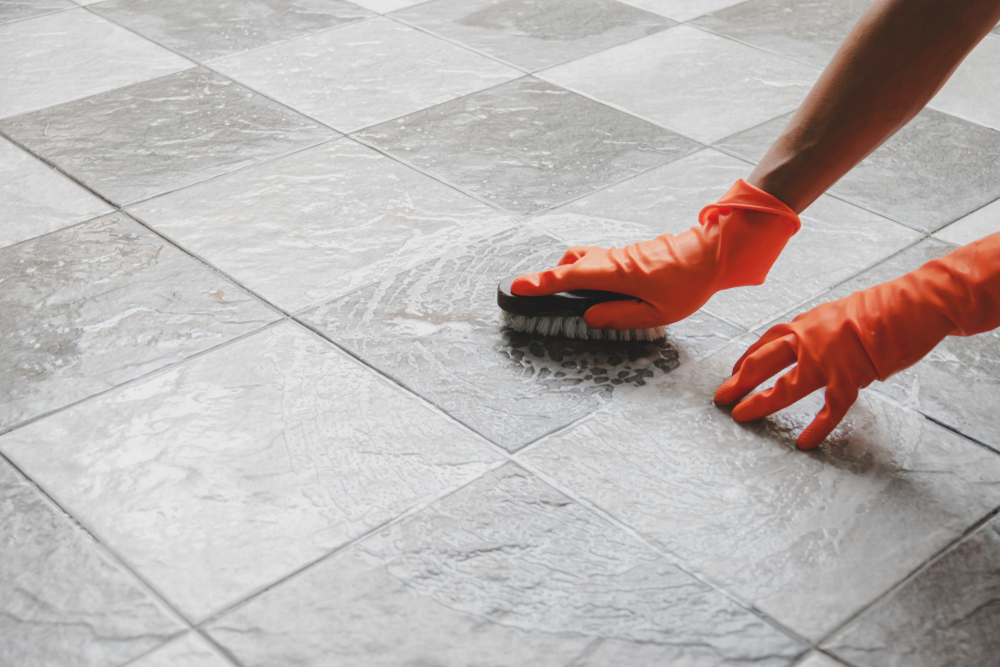Introduction
Transforming your basement into a dedicated wine storage space can be a rewarding endeavor for enthusiasts and collectors alike. Proper wine storage is essential for preserving the flavor and quality of your cherished bottles. This guide offers insights into creating an ideal basement wine storage environment, covering everything from temperature and humidity control to organization and display.
Temperature and Humidity Levels
Basements are often naturally cooler than the rest of the house, making them suitable for wine storage. Ensure that the temperature remains between 55-58°F (13-15°C) to promote slow and steady aging. Humidity levels should be around 60-70% to keep corks from drying out. Invest in a reliable thermometer and hygrometer to monitor these conditions.
Light Exposure
Basements usually have limited natural light, which is ideal for wine storage. However, ensure that any artificial lighting used is low UV and LED to prevent the deterioration of wine quality. Consider installing curtains or shades if there are windows in the basement.
Insulation and Vapor Barriers
Proper insulation helps regulate temperature fluctuations. Insulate the walls and ceiling of the basement, and consider installing a vapor barrier to prevent excess moisture. This insulation ensures a stable climate, protecting your wine collection from extreme temperatures and humidity.
Sealing Gaps and Cracks
Inspect the basement for any gaps or cracks that might compromise insulation. Seal these gaps to prevent outside air from affecting the internal temperature and to keep pests at bay. A well-sealed basement contributes to a controlled and secure wine storage environment.
Choosing Appropriate Wine Racks
Select wine racks that suit the available space and the types of bottles you plan to store. Opt for sturdy and durable materials like wood or metal. Adjustable racks allow flexibility for different bottle sizes. Wall-mounted racks or custom-built cabinetry can maximize storage capacity.
Positioning the Wine Racks
Plan the layout of the wine racks strategically. Ensure there is enough space between racks for airflow. Position racks away from direct contact with exterior walls to avoid temperature variations. Consider a modular approach, allowing for future expansion as your wine collection grows.
Organizing by Varietal or Age
Organize your wine collection in a way that makes sense to you. Some prefer organizing by varietal or region, while others choose to arrange bottles by age for easy access to wines at their peak. Consistent organization makes it simple to locate specific bottles when needed.
Labeling Systems
Implement a labeling system to identify each bottle. Include details like the type of wine, vintage, and any special notes. This not only adds a professional touch but also facilitates quick and accurate selection. Digital or physical inventory systems can be employed for larger collections.
Wine Cellar Cooling Units
For precise temperature control, consider investing in a wine cellar cooling unit. These units are designed specifically for wine storage, ensuring that the temperature and humidity remain within the optimal range. Choose a unit that matches the size of your basement and the number of bottles you intend to store.
Secure Wine Storage
Implement security measures to protect your valuable wine collection. Consider installing locks on doors leading to the wine storage area. If your collection is substantial, investing in a security system that includes cameras and sensors can provide additional peace of mind.
Insurance Coverage
Explore insurance options for your wine collection. While taking precautions against theft or damage is crucial, having insurance coverage ensures financial protection in case of unforeseen events. Consult with insurance providers to understand the available options.
Regular Checks
Establish a routine for regular checks on the wine storage conditions. Monitor the temperature, humidity, and lighting to ensure they remain within the recommended ranges. This proactive approach allows you to address any issues promptly and maintain an optimal environment for your wines.
Wine Rotation
Rotate the bottles periodically to prevent sediment settling and to expose all bottles to consistent conditions. This practice is especially important for long-term storage of aging wines. A gentle rotation ensures that each bottle has an equal opportunity to mature gracefully.
Conclusion
Creating a dedicated wine storage space in your basement requires careful planning and attention to detail. By assessing the basement space, creating an insulated environment, selecting appropriate wine racks, organizing and labeling your collection, investing in cooling systems, implementing security measures, and maintaining regular checks, you can establish an ideal environment for your wine collection to thrive. With the right conditions in place, your basement can become a wine enthusiast’s haven, preserving and showcasing your bottles for years to come.





